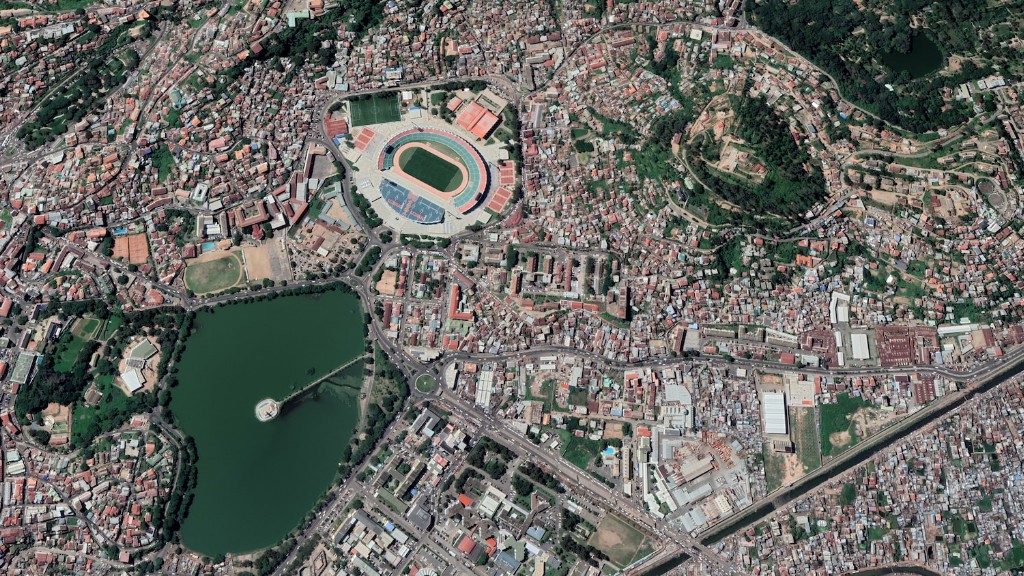What to Know Before Going to Madagascar
Madagascar, located off the eastern coast of Africa, is a captivating island nation that offers a unique blend of vibrant culture, stunning landscapes, and extraordinary wildlife. However, before embarking on your adventure to this diverse and enchanting destination, it is important to be well-prepared for what awaits you. In this article, we will provide you with valuable information and expert insights to ensure you have an unforgettable experience in Madagascar.
1. Cultural Background
Madagascar is home to a fascinating mix of cultural traditions, influenced by its Malagasy and diverse African, Arabic, and European heritage. The Malagasy people are known for their warm hospitality and strong sense of community, which is reflected in their traditional ceremonies, lively music, and flavorful cuisine. It is highly recommended to explore local markets, interact with the locals, and try dishes like ravitoto and romazava to truly immerse yourself in the Malagasy culture.
2. Biodiversity and Conservation
Madagascar is renowned for its extraordinary biodiversity, with over 90% of its wildlife found nowhere else on Earth. The island is home to unique species like lemurs, chameleons, and Baobab trees. However, due to deforestation and habitat destruction, many of these species are critically endangered. When visiting national parks and reserves, such as Masoala National Park or Isalo National Park, it is crucial to respect the environment, follow designated trails, and support local conservation efforts.
3. Safety and Health
While Madagascar is generally a safe destination, it is essential to take precautions to ensure your well-being. It is advisable to check travel advisories before your trip and take necessary vaccinations, such as for typhoid and yellow fever. In urban areas, it is important to remain cautious of pickpocketing incidents. Additionally, Madagascar has limited healthcare facilities, especially in rural areas. It is advisable to have travel insurance and carry a basic first-aid kit.
4. Transportation and Infrastructure
Getting around Madagascar can be challenging due to the limitations of its infrastructure. The road network outside major cities is often poorly maintained, making travel times longer than anticipated. Domestic flights are available but can be expensive. It is recommended to hire a local guide or driver who is familiar with the terrain and local customs. This not only enhances your safety but also provides an opportunity for cultural exchange.
5. Language and Communication
The official language of Madagascar is Malagasy, but French is widely spoken, especially in urban areas and among the educated population. English proficiency among locals may be limited, particularly in rural regions. Learning a few basic Malagasy phrases can greatly enhance your interactions and show respect for the local culture. Carrying a pocket dictionary or using translation apps can also come in handy.
6. Climate and Best Time to Visit
Madagascar has a tropical climate, with distinct wet and dry seasons. The best time to visit is during the dry season, from April to November, when temperatures are pleasant, and the landscapes are lush. However, each region of Madagascar has its own microclimate, so it is important to research and pack accordingly. Don’t forget essentials like lightweight clothing, sturdy shoes, sunscreen, insect repellent, and a hat.
7. Authentic Experiences
Madagascar offers a wealth of authentic experiences for adventurous travelers. From exploring the otherworldly rock formations of Tsingy de Bemaraha to witnessing humpback whales off the coast of Île Sainte-Marie, there is something for everyone. Consider staying in eco-lodges and participating in community-based tourism initiatives to support local communities and contribute to sustainable development while creating lasting memories.
8. Unique Local Wildlife
One of the major highlights of Madagascar is its diverse and rare wildlife. The island is home to approximately 100 different species of lemurs, making it the only place in the world where they exist. These curious and captivating creatures can be found in national parks and reserves throughout the country. Don’t miss the opportunity to observe lemurs in their natural habitat, but remember to maintain a respectful distance and never feed or touch them to ensure their well-being.
9. Exploring National Parks
Madagascar boasts an extensive network of national parks, which are a paradise for nature lovers and adventure seekers. Each park offers unique landscapes and wildlife encounters. In Andasibe-Mantadia National Park, you can marvel at the iconic call of the indri lemurs, while in Ranomafana National Park, you can discover a variety of reptiles, amphibians, and endemic bird species. It’s advisable to hire experienced local guides who can share their knowledge and help you spot hidden treasures.
10. Marine Wonders
Madagascar is not only renowned for its terrestrial biodiversity, but also for its spectacular marine ecosystems. Its crystal-clear waters and thriving coral reefs attract snorkelers and divers from around the world. The islands of Nosy Be and Nosy Sakatia offer excellent diving opportunities with abundant marine life, including turtles, rays, and colorful fish. Whether you are a beginner or an experienced diver, don’t miss the chance to explore the underwater wonders of Madagascar.



